Red Sea Shrimp Farm produces black tiger prawns and white Indian shrimp
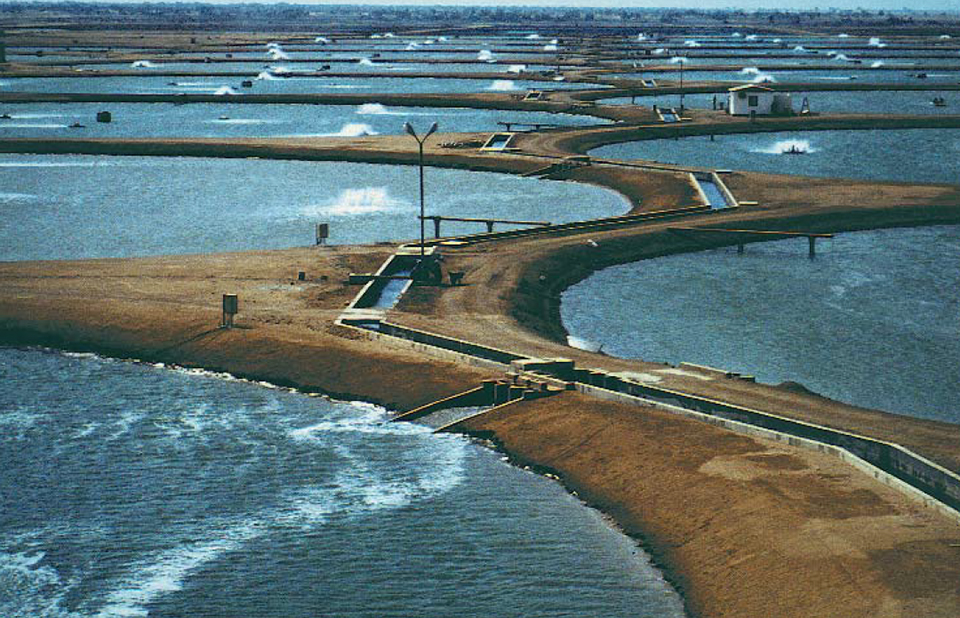
In 1991, Groupe Consultatif International started a project to build a new shrimp farm using sustainable farming technology on the Red Sea coast of Saudi Arabia. After much work and adventure, it became the first full-size commercial shrimp farm in the Middle East, with full regard for the pristine environment of the Red Sea. The farm’s team of engineers and specialists has since successfully managed the intensive operation and proven that sustainability doesn’t have to adversely affect profitability.
Site conditions
Under the management and guidance of Dr. Nasser Al Saleh, general manager, we set out to adapt shrimp farm engineering, construction, and production technology to the harsh climate, particular soils, and high salinity seawater of the Red Sea shores. We took a different approach to traditional shrimp farming: estuarine brackish water was replaced by full-strength seawater, and many environmental parameters became almost constant, especially in the hot, dry tropical climate. Under these conditions, our technology now delivers a yearly production of 15 meters per hectare of black tiger prawns (Penaeus monodon) and white Indian shrimp (P. indicus).
Farm design

The Red Sea Shrimp Farm includes 108 round, 1-ha production ponds set up in six modules (Fig. 1). Its real innovation is that it also includes approximately 120 ha of ponds entirely devoted to water-quality control.
Upstream and downstream of the culture ponds, there are 60 ha of buffer reservoirs for settling solids and fertilizing, and 60 ha of shallow ponds, forming an effluent treatment system that significantly improves the quality of effluents going back to the sea (Fig. 1). In the 10-ha, 3-meter-deep buffer ponds, “green” water is bloomed and matured, then distributed to the grow-out ponds. This improves water quality and minimizes stress to shrimp.
Each production pond has four paddlewheel aerators on the outer circle and three air injectors in the center (Fig. 2). Water passes through the central drainage structure of the ponds and flows by gravity to treatment ponds. In these ponds, sedimentation takes place, as well as filtration by fish and shellfish.
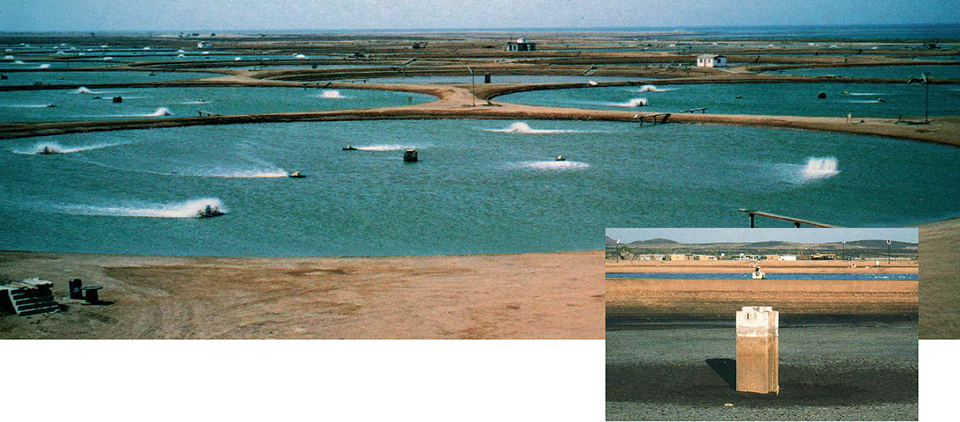
Investment
In 1997, Bob Rosenberry estimated the world average for shrimp farm investments to be U.S. $6,000 to $20,000 per metric ton (MT) of shrimp produced at a stocking density of 20 per square meter (Table 1). Investment in the Red Sea farm ran U.S. $12,000 per MT as built, but a similar project could be built on a larger site for U.S. $9,000 per MT, due to savings on concrete canal construction costs.
Falaise, Investment for shrimp produced at a density, Table 1
| Countries | Investment U.S. $/ha | Yield kg/ha/year | Investment U.S. $/mt |
|---|
Countries | Investment U.S. $/ha | Yield kg/ha/year | Investment U.S. $/mt |
|---|---|---|---|
| Other Countries* | 25,000-250,000 | 4,000-12,000 | 6,250-20,800 |
| Red Sea/Middle East | 130,000-180,000 | 15,000 | 8,700-12,000 |
Concrete and earth-moving work amounted to 30 percent of the investment and are its major components. Because we supervised construction, the concrete infrastructure was built for 70 percent of the average contractor’s prices. Earth work cost less than 30 percent of the standard rates.
Equipment represented 23 percent of the investment. The main equipment cost was for farming equipment, which comprised 14 percent of the investment. This included mainly aerators, processing plant, and farming tools. The desert environment and harsh climate imposed a costly maintenance expense and demand for complete workshops and technical buildings. The share of these buildings is 30 percent of the total investment.
The power network, including electrification of the entire farm, lighting around each pond, and the electrical generators, represented 12 percent of the investment, The smallest investment portion – but clearly the most important cost – was the studies and plans, at 5 percent. Starting with a strict site selection assessment, planning must be entrusted to competent and experienced persons. It should be reviewed, checked, and counterchecked before starting the earth moving.
Operating costs and sales
General and administrative expenses amount to 29 percent, while costs of sales and processing costs are 9 and 8 percent, respectively. Most of the operating cost (54 percent) is related to direct farming costs; more than half of these represent shrimp feed expenses. We pay much attention to feeding practices, and have reached excellent feed-conversion ratios below 1.5:1. This not only contributes to direct profit, but also reduces waste, which leads to environmental health and longer sustainability for our operation.
Total operating cost is about U.S. $6 per kilogram of shrimp, and with a wholesale export price (converted to a head-on average) of $10-15 per kilogram, depending on the season and shrimp size, this represents a turnover of more than $15 million per year on an investment of about $13 million. This means annual sales are about on par with the investment.
From Hassanai Kongkeo’s 1997 report (Table 2), we can infer that the gross margin in Asia is generally less than U.S. $35,000 per hectare per year. At an average selling price of U.S. $11 per kilogram for 35- to 45-gram shrimp, our farm on the Red Sea generates an annual gross margin of more than $85,000 per hectare, thanks to the 15 meter per hectare produced, which compares well to farms in other Asian countries. Our internal rate of return is about 27 percent at the conservative selling price of U.S. $11 per kilogram – relatively high for a fully sustainable agribusiness.
Falaise, Comparison of Penaeus monodon culture performance, Table 2
| Indonesia | Philippines | Taiwan | Thailand | Red Sea |
|---|
Indonesia | Philippines | Taiwan | Thailand | Red Sea | |
|---|---|---|---|---|---|
| Crops/year | 2 | 2 | 1 | 2.5 | 2.5 |
| Average Yield (mt/ha/year) | 6.06 | 3.05 | 2.88 | 10.49 | 15 |
| Avg. Selling Price/mt (U.S. $) | 6,500 | 7,100 | 12,460 | 6,940 | 11,000 |
| Total “Farm Gate” Cost/kg | 2.86 | 4.69 | 4.65 | 3.76 | 5.16 |
| Gross Margin (U.S. $/ha/year) | 22,050 | 7,355 | 22,505 | 33,361 | 87,558 |
Table 2. Comparison of Penaeus monodon culture performance in Asia and Red Sea.
Conclusion
We foresee that the responsible approach to shrimp farming could be developed in other coastal areas of the dry tropics, especially around the Red Sea. The climate is right, the sea is not polluted and the investment capacity exists. Moreover, the marketing logistics are available.
Our experience shows this kind of farm is not excessively expensive to construct, can reach its production target and is fully profitable.
(Editor’s Note: This article was originally published in the February 2001 print edition of the Global Aquaculture Advocate.)
Now that you've reached the end of the article ...
… please consider supporting GSA’s mission to advance responsible seafood practices through education, advocacy and third-party assurances. The Advocate aims to document the evolution of responsible seafood practices and share the expansive knowledge of our vast network of contributors.
By becoming a Global Seafood Alliance member, you’re ensuring that all of the pre-competitive work we do through member benefits, resources and events can continue. Individual membership costs just $50 a year.
Not a GSA member? Join us.
Authors
-
Françoise Falaise
Groupe Consultatif International
Middle East Liaison Office
Jeddah, Saudi Arabia
gcimelo@naseej.com.sa -
Louis Boël
Groupe Consultatif International
Middle East Liaison Office
Jeddah, Saudi Arabia
gcimelo@naseej.com.sa
Tagged With
Related Posts
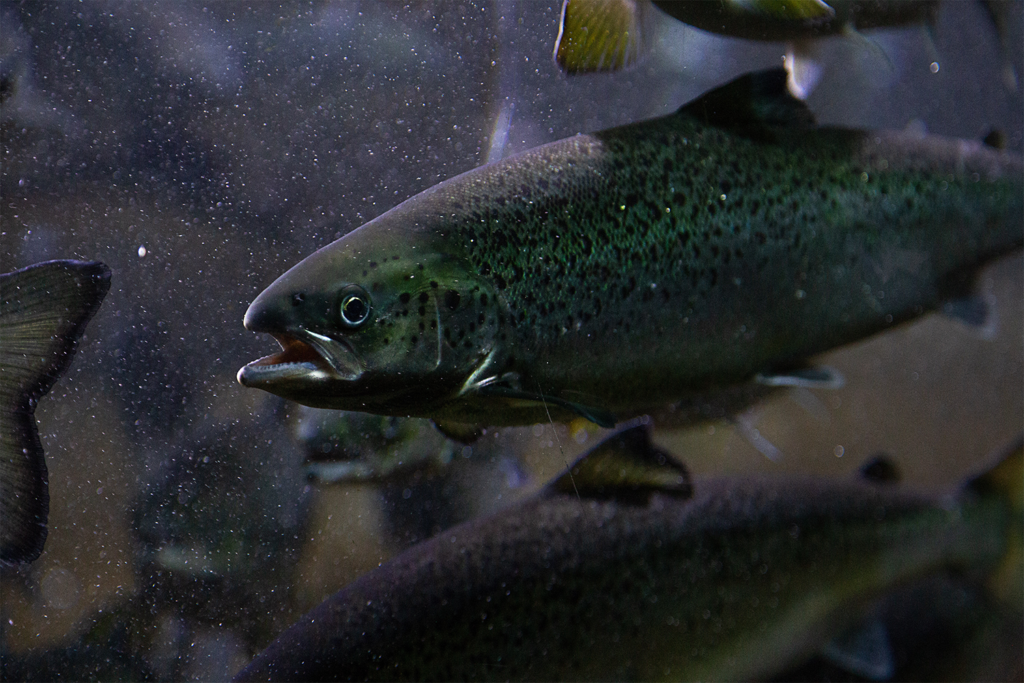
Innovation & Investment
A salmon farm in Dubai, because of course
Last year Dubai-based Fish Farm LLC sold the first batch of salmon to be born and bred in the United Arab Emirates. More are certainly coming.
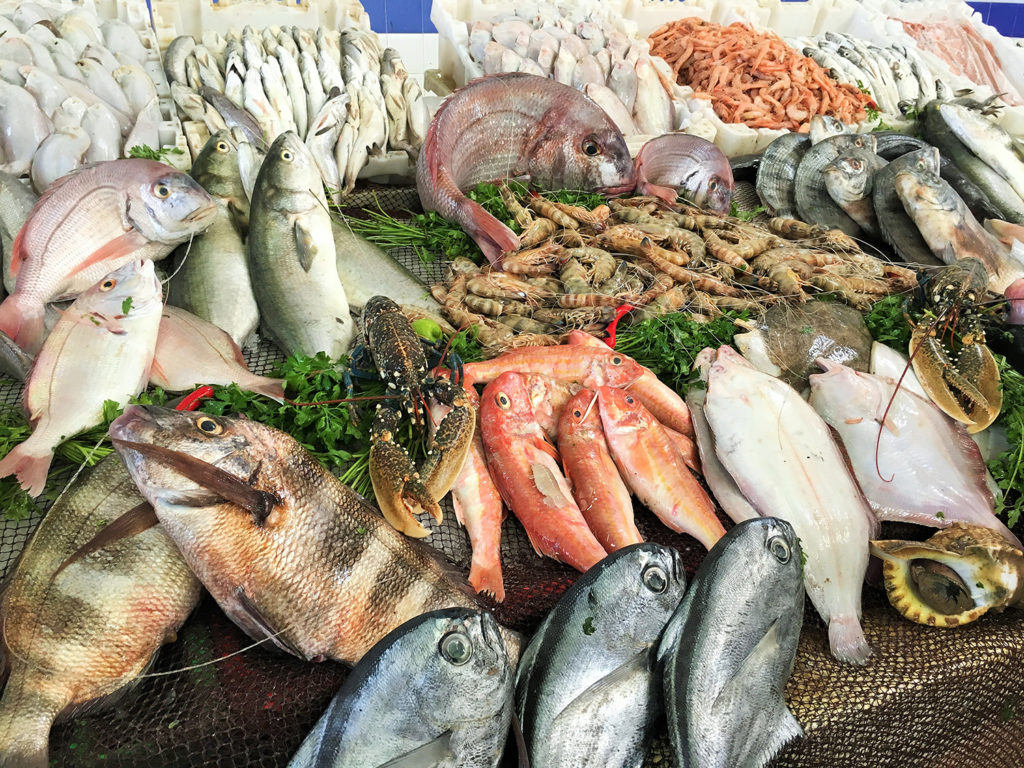
Intelligence
The Arab region seafood marketplace, part 2
Aquaculture in the Arab region grew more than 60 percent in the 1990s and is still growing. Seafood consumption as a whole has distinct characteristics.
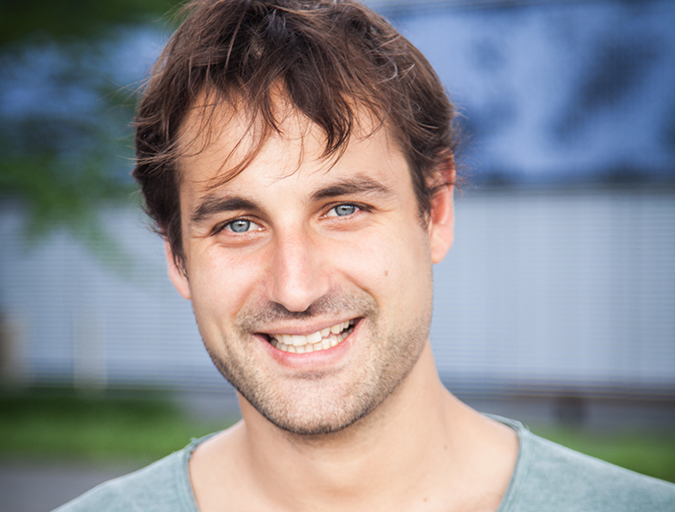
Innovation & Investment
Aquaculture Exchange: Carsten Krome, Alimentos Ventures
A business accelerator helps small businesses grow and ready themselves to capitalize on institutional investment opportunities. Sounds exactly what the aquaculture industry needs. Carsten Krome tells the Advocate about the various business models his new firm is investigating.
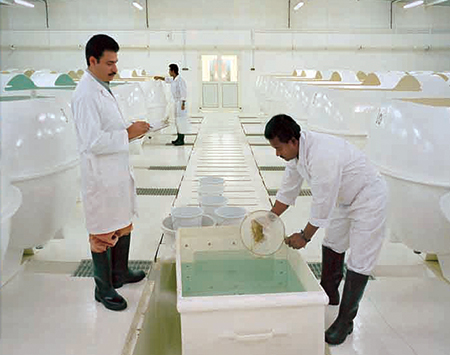
Intelligence
Integrated NPC project cultures shrimp in Saudi Arabia
After 20 years of dedicated research and experimental operation, National Prawn Co. established the economic viability of farming shrimp in Saudi Arabia.


